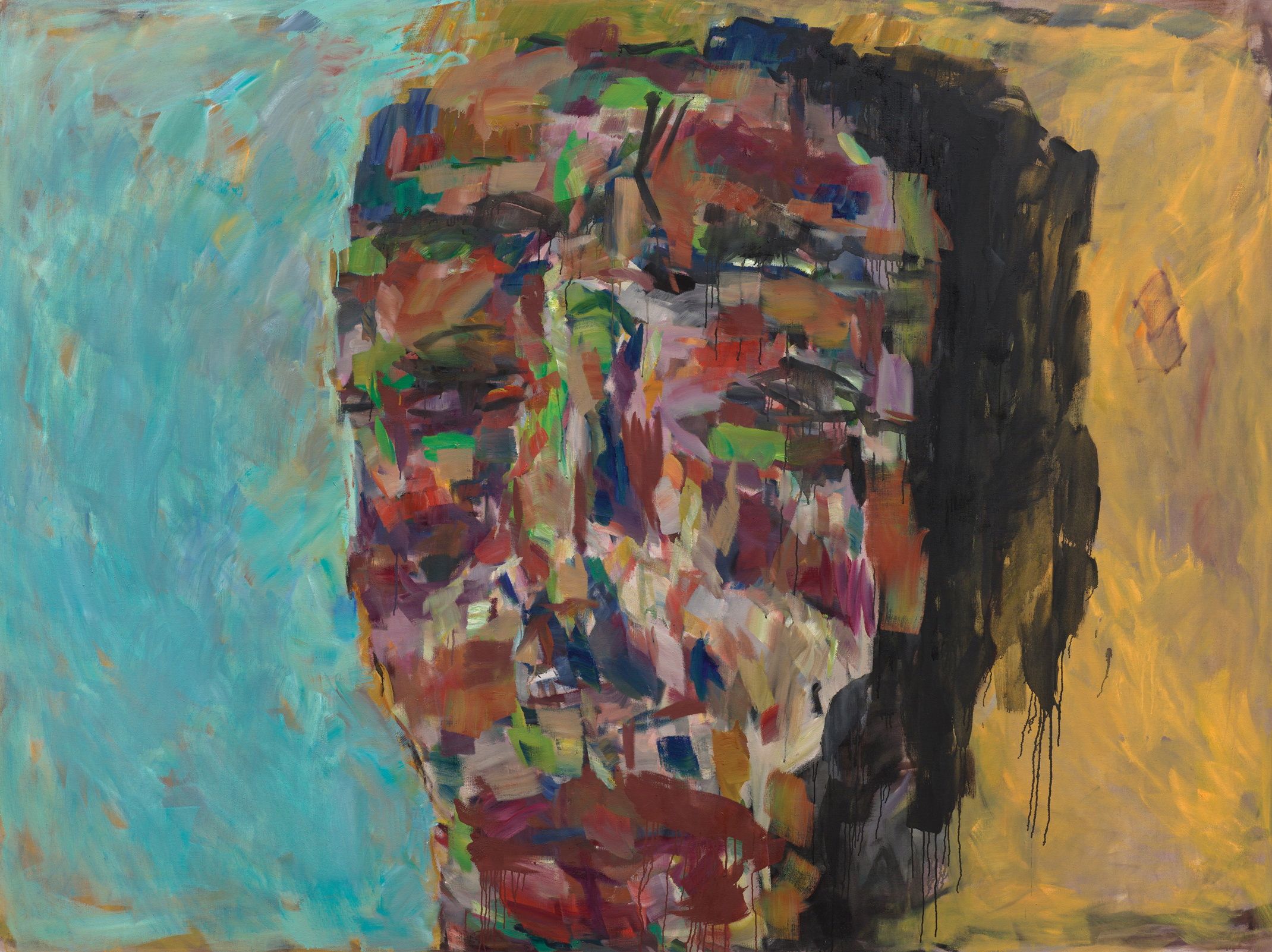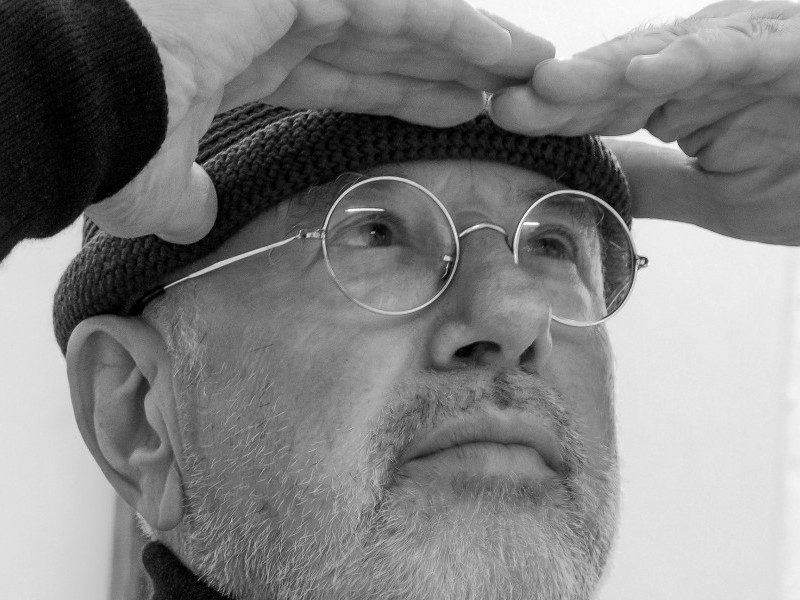

Overview
Marwan Kassab Bachi, known simply as Marwan, was a pioneering painter and educator whose life and work bridged continents and cultures. Associated with the new figuration movement, the 1960s revival of figurative painting that followed post-war abstraction in Europe and America, Marwan’s work also bears the influence of his studies in Arabic literature at Damascus University, where he was exposed to Sufi philosophy.
Marwan moved to Berlin in the late 1950s and enrolled in the Hochschule für Bildende Künste, where he later served as full professor from 1980 to 2002. The artist achieved acclaim in Germany, becoming the first Arab member of the Akademie der Künste in Berlin in 1994. As director of Darat Al Funun’s Summer Academy in Amman from 1999 to 2003, he was also a major influence on a generation of artists in the Middle East.
For Marwan, the face was the most expressive of all sites—an affective landscape. His dramatic portraits, such as Munif al Razzaz (1965), convey the vast terrain of human interiority through subtle gradients of colour and tone. Untitled (2009–2010) depicts a face as a landscape. In this and other later works, Marwan painted discombobulated heads, distorted bodies and elements of caricature and surrealism that place his work in dialogue with a compositional genealogy that could be said to extend from ancient Egyptian and Greco-Roman art to the tight close-ups of today’s digital works.

